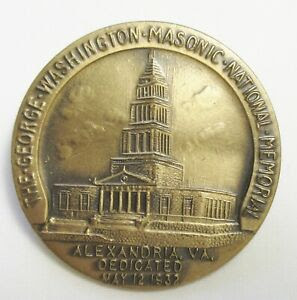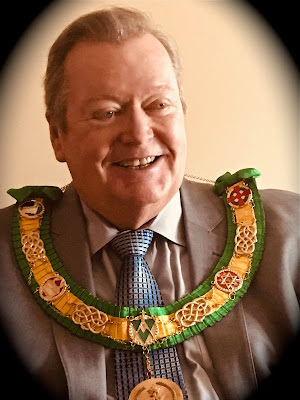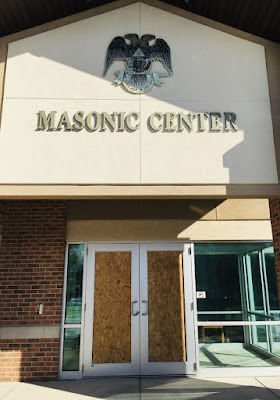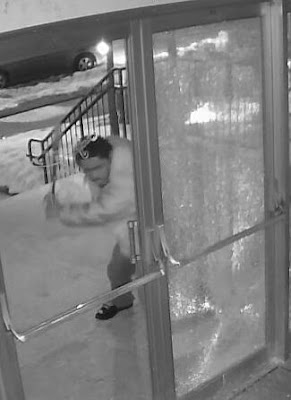As the U.S. inches its way to the 250th anniversary of America’s declaration of independence in 2026, the Grand Lodge of Massachusetts has announced its participation in a series of lectures and presentations on the pre-revolutionary war years. Entitled Boston’s Revolutionary Martyrs, the speaker series is a joint effort between the Framingham History Center, Revolution 250, the Dr. Joseph Warren Foundation, the Massachusetts Society of the Sons of the Revolution, and the Massachusetts Freemasons. It will feature scholars, historians and authors.
According to a story in the MetroWest Daily News, the first presentation in the series will be held this Friday through Sunday and will highlight the events that led to the 'Boston Massacre' and its aftermath. This weekend commemorates the 250th anniversary of Dr. Joseph Warren’s first 'Boston Massacre Oration' in 1772.
Crispus Attucks is generally regarded as the first person killed on the night of March 5th, 1770 in what was quickly dubbed the 'Boston Massacre' by the pro-independence press. Six British soldiers and their commanding officer were surrounded and attacked by an angry mob of 400 Bostonians. When one soldier was struck with a club and knocked to the ground, the soldiers opened fire on the crowd, killing five men and wounding six. Revolutionary Mason Paul Revere quickly put together what became the most famous depiction of the event, an engraving that depicted the steely-eyed soldiers firing into the helpless crowd.
Attucks was of African-American and Native-American descent, and is generally regarded as the first American martyr of pre-revolutionary America. But many details of the Boston Massacre remain mysterious today. Questions that loom large include “Was the Boston Massacre the first fatal violence of the Revolution?" "How do leaders like Dr. Joseph Warren who have been whitewashed from history keep the memory of the Massacre alive?" and "How did this initial massacre shape the ideology of the Martyrdom in American liberty?” The inaugural series of lectures answers these and other questions.
The Grand Lodge Massachusetts is marking its 289th anniversary this year. It is the oldest Masonic grand lodge in the Western Hemisphere and the third-oldest in the world. It was chartered in 1733, following the establishment of the Grand Lodge of England in 1717, and Ireland in 1725. Many of the participants in the runup to the American Revolution were Freemasons in Boston, at the English-chartered St. John’s Lodge (the first chartered Masonic lodge in the American colonies, established by the "Moderns" Grand Lodge of England), and the independently established Lodge of St. Andrew (which eventually secured a charter from the Grand Lodge of Scotland, and ultimately became a part of the "Ancients" Grand Lodge in North America).
Each event will display artifacts, documents and period pieces that have never been available for public viewing, such as the lost archives of Warren’s medical diary, the only painting of Warren (by John Copley of the Museum of Fine Arts in Boston) and more.
The Grand Lodge Massachusetts is marking its 289th anniversary this year. It is the oldest Masonic grand lodge in the Western Hemisphere and the third-oldest in the world. It was chartered in 1733, following the establishment of the Grand Lodge of England in 1717, and Ireland in 1725. Many of the participants in the runup to the American Revolution were Freemasons in Boston, at the English-chartered St. John’s Lodge (the first chartered Masonic lodge in the American colonies, established by the "Moderns" Grand Lodge of England), and the independently established Lodge of St. Andrew (which eventually secured a charter from the Grand Lodge of Scotland, and ultimately became a part of the "Ancients" Grand Lodge in North America).
Each event will display artifacts, documents and period pieces that have never been available for public viewing, such as the lost archives of Warren’s medical diary, the only painting of Warren (by John Copley of the Museum of Fine Arts in Boston) and more.
Presentations include:
- “Trial by Massacre” by Dr. Robert J. Allison (Charlestown only)
- “The Ongoing Search for Crispus Attucks” by J.L. Bell (Framingham, New England Historic Genealogical Society, Dedham)
- “The Martyr & the Massacre: The Story of Dr. Joseph Warren” by Christian Di Spigna
- “Women Witnessing a Massacre” by Katie Turner Getty (Framingham, New England Historic Genealogical Society, Charlestown, Dedham)
- “The Boston Massacre and its place on the Road to American Independence” by Jonathan Lane (New Bedford only)
- Friday, March 4, 7:00 p.m. Framingham History Center
- Saturday, March 5, 2:00 p.m. New England Historic Genealogical Society
- Saturday, March 5, 6:00 p.m. Charlestown Historical Society
- Sunday, March 6, 1:00 p.m. Dedham Historical Society & Museum
- Sunday, March 5, 6:00 p.m. New Bedford Masonic Building





























